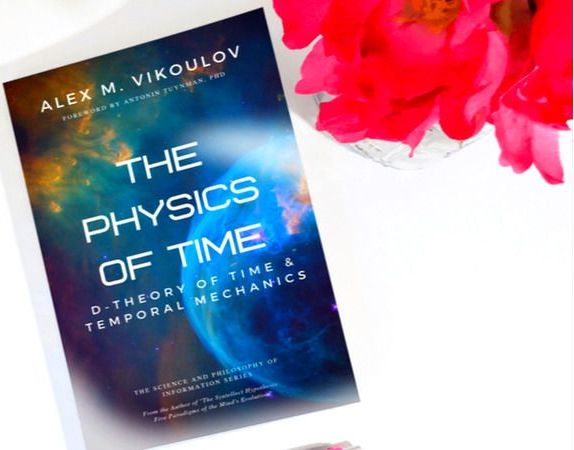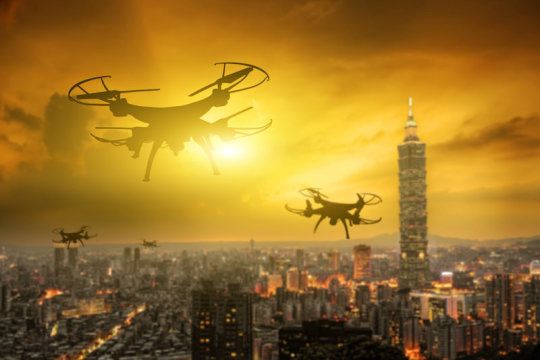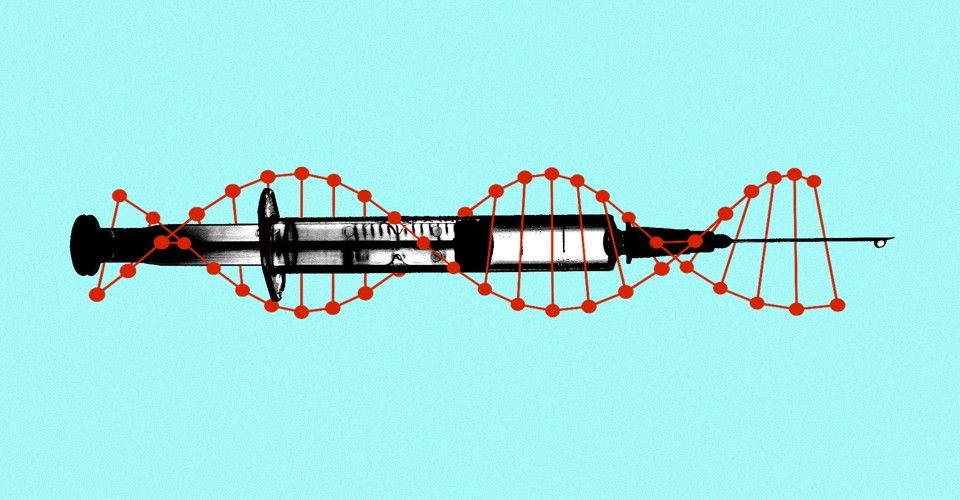We should be on the lookout for signs of alien life — and alien death.



Instant Bestseller on Amazon, The Physics of Time is an easy but incredibly profound and in many ways astounding read for those interested in the subjects such as the nature of time, experiential temporality, time travel, the physics of information, and philosophy of time. “Time is a moving image of eternity.” This is the opening quote by Plato to volume 2 of The Science and Philosophy of Information series. And here’s the passage from the book: “Time seems to be moving for us in one direction in a linear, incremental fashion which is not a result of immutable physical laws but rather their probabilistic interpretation — things are said to get messier overtime, to move from more orderly states, towards more entropy, disorderly states. However, a growing number for physicists now regard entropy as a measure of information, [i.e. complexity] not of ”messiness.” https://www.ecstadelic.net/top-stories/the-physics-of-time-d…ss-release #PhysicsofTime #LifeboatFoundation
Ecstadelic Media Group releases a new non-fiction book The Physics of Time: D-Theory of Time & Temporal Mechanics by Alex M. Vikoulov, Antonin Tuynman PhD as a Kindle ebook (Press Release, San Francisco, CA, USA, May 22, 2019 11.00 AM PST)




If you’ve ever yearned to travel to Mars, now is your chance. Well, okay, you can’t travel to Mars, but your name can, and that’s as close as you’re ever going to get.
The Mars 2020 Rover is getting ready to begin its seven-month trek to Mars next July, and NASA says it’ll take your name along with it:


A review of Rod Pyle’s new book, Space 2.0, a tour de force of the “new space” phenomena packed with photos and details of the amazing people behind it. The book goes beyond Musk, Branson and Bezos and explains the origins of the science and engineering required to build an economy beyond Earth.

A number of physiological and psychological changes occur as we age, and many studies have shown that our gut microbiome also changes as we grow older. A fascinating new study is suggesting that a shift in gut bacteria in our middle-age could trigger a process that plays a role in cognitive decline in our later years. And diet may be the key to encouraging the growth of beneficial bacteria that benefit healthy brain aging.